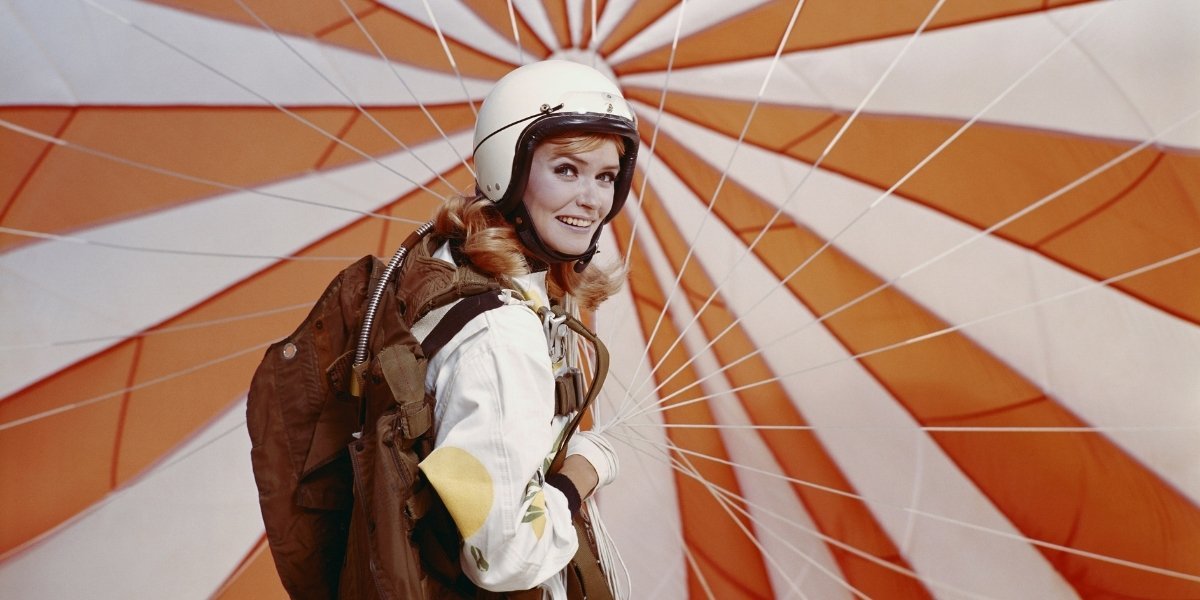Fashion shows are more than just a display of clothing; they are a form of performance art where every element, including a model’s walk, plays a crucial role in conveying the designer’s vision. The way models move on the runway can enhance the mood of a collection, highlight specific garment features, and create an immersive experience for the audience. Different types of fashion shows require different walk styles, ranging from elegant and poised to bold and theatrical. In this article, we will explore how walk styles fit into various types of fashion shows and why they are an essential component of the industry.
Read also: Actors and Method Dressing on the Red Carpet
Types of Runway Walks
The Classic Walk
The classic walk is the most traditional and widely recognized runway walk. It is characterized by a poised, straightforward stride, with minimal exaggerated movements. The purpose of this walk is to emphasize the clothing rather than the model’s personality. In haute couture and luxury ready-to-wear shows, designers prefer a classic walk because it allows their intricate designs to take center stage. Models maintain a neutral facial expression and exude grace, ensuring that their movement does not detract from the craftsmanship of the garments.
The Sexy Walk
Often associated with lingerie and swimwear shows, the sexy walk exudes confidence, sensuality, and charisma. Models incorporate pronounced hip movements and maintain strong eye contact with the audience or cameras. This style is most commonly seen in Victoria’s Secret fashion shows, where models, often referred to as “Angels,” are expected to bring an extra level of showmanship to the runway. The goal of this walk style is to captivate viewers and make the designs feel aspirational and glamorous.
The High-Energy Walk
Streetwear and avant-garde fashion shows often feature a high-energy walk, which includes expressive gestures, fast pacing, and dynamic footwork. Unlike traditional walks, which maintain a rhythmic and calculated pace, the high-energy walk allows for more freedom and individuality. Shows by brands like Off-White, Balenciaga, and Alexander McQueen often encourage models to infuse their walk with personality, making the presentation feel more relatable and energetic.
The Theatrical Walk
Some fashion shows transcend the standard runway format and incorporate performance elements. Theatrical walks involve exaggerated movements, unconventional pacing, and emotive facial expressions. These walks are particularly prominent in concept-driven shows, where designers use storytelling as a central component. Designers like John Galliano and Thom Browne frequently employ this technique, instructing models to move in ways that reflect the narrative behind their collections. For instance, in a show inspired by gothic themes, models may walk with a slow, haunting stride to set the mood.
Influence of Fashion Show Types on Walk Styles
Haute Couture Shows
Haute couture fashion shows demand a level of elegance and sophistication that aligns with the craftsmanship of the garments. These shows are often held in prestigious locations, such as historic mansions or art galleries, which further amplify the grandeur of the event. Models in haute couture shows adopt a refined, graceful walk, ensuring that the garments move fluidly and display the intricate details of the designs. The walk is often slow-paced, allowing the audience and photographers ample time to admire the delicate fabrics, embroidery, and structure of each piece.
Ready-to-Wear (Prêt-à-Porter) Shows
Unlike haute couture, ready-to-wear fashion shows focus on accessibility and wearability. The walk style in these shows is confident yet natural, reflecting the idea that these garments are meant for everyday wear. Designers like Ralph Lauren, Prada, and Michael Kors showcase collections that appeal to a broader audience, requiring a walk that exudes approachability rather than exclusivity. While there is still an element of refinement, models are encouraged to walk in a way that suggests comfort and ease, as though they are casually strolling through an urban setting.
Lingerie and Swimwear Shows
As previously mentioned, lingerie and swimwear shows prioritize a sultry, body-confident walk. In addition to pronounced hip movements, models often incorporate fluid arm movements and slightly more dramatic facial expressions to enhance the allure of the presentation. The body language in these shows is meant to celebrate self-confidence and sensuality. A key aspect of this walk is the model’s ability to connect with the audience, ensuring that the designs evoke desire and admiration.
Avant-Garde and Experimental Shows
Avant-garde and conceptual fashion shows break away from conventional runway norms, allowing for unconventional movements and walk styles. In these shows, models may be instructed to walk in exaggerated strides, pause dramatically, or even interact with set pieces on the runway. The objective is to create a spectacle that reinforces the artistic and experimental nature of the collection. Designers such as Rei Kawakubo of Comme des Garçons and Gareth Pugh frequently challenge traditional runway formats, pushing the boundaries of how models present fashion on stage.
Cultural and Historical Influences
Evolution of Runway Walks
The way models walk on the runway has evolved over time, influenced by cultural trends and fashion industry shifts. In the 1950s and 1960s, runway walks were far more rigid and uniform, reflecting the elegance and formality of the era. By the 1990s and early 2000s, supermodels like Naomi Campbell and Tyra Banks introduced more personality into their walks, giving rise to the more dynamic and expressive styles we see today. The digital age has further influenced runway walks, as designers now consider how a model’s movement translates on video and social media.
Regional Variations
Fashion capitals such as Paris, Milan, New York, and London each have distinct runway aesthetics that influence walk styles. Paris Fashion Week, known for its emphasis on haute couture and luxury, tends to favor refined and classic walks. Milan, with its rich history of bold fashion statements, often sees more confident and exaggerated walks. In New York, where streetwear and contemporary fashion dominate, the walk styles are typically more relaxed and natural. London, known for its avant-garde approach, frequently experiments with theatrical and unconventional walks to match its boundary-pushing designs.
Training and Choreography
Model Coaching
Professional models undergo rigorous training to master different walk styles. Walking on a runway may seem effortless, but it requires precise posture, balance, and rhythm. Model coaches work closely with aspiring models to refine their technique, ensuring they can adapt their walk to different show formats. This training is essential for high-fashion models who work across multiple brands, requiring them to switch from a graceful haute couture walk to a confident ready-to-wear stride with ease.
Show-Specific Choreography
Some fashion shows incorporate choreography beyond standard walking. Designers and show directors may introduce synchronized movements, deliberate pauses, or dramatic transitions to enhance the storytelling aspect of the show. This approach is particularly common in fashion presentations that blend fashion with performance art, creating a more immersive and memorable experience for viewers.
Read also: Concrete Jungles and Captivating Clicks: Mastering City Shoots for Stunning Model Photography
Impact of Designer Vision
Designer-Model Collaboration
Designers often provide specific guidance on how they want models to walk in their shows. Some designers prefer a strict, polished walk that maintains uniformity, while others encourage individuality and personality. The collaboration between models and designers ensures that the walk complements the aesthetic of the collection, reinforcing the overall vision of the show.
Innovative Presentations
As the fashion industry continues to evolve, some designers are redefining how models interact with the runway. In recent years, shows have featured models walking through immersive sets, interacting with props, or even performing choreographed routines. By pushing the boundaries of traditional runway walks, designers create unique experiences that captivate audiences and keep fashion presentations fresh and exciting.
The relationship between walk styles and different fashion shows is an essential element of runway presentations. Whether it’s the elegance of haute couture, the confidence of lingerie shows, or the experimental nature of avant-garde runways, each walk style serves a purpose in enhancing the designer’s vision. As fashion continues to evolve, so will the art of the runway walk, ensuring that each show remains a visually compelling and unforgettable experience for audiences worldwide.














